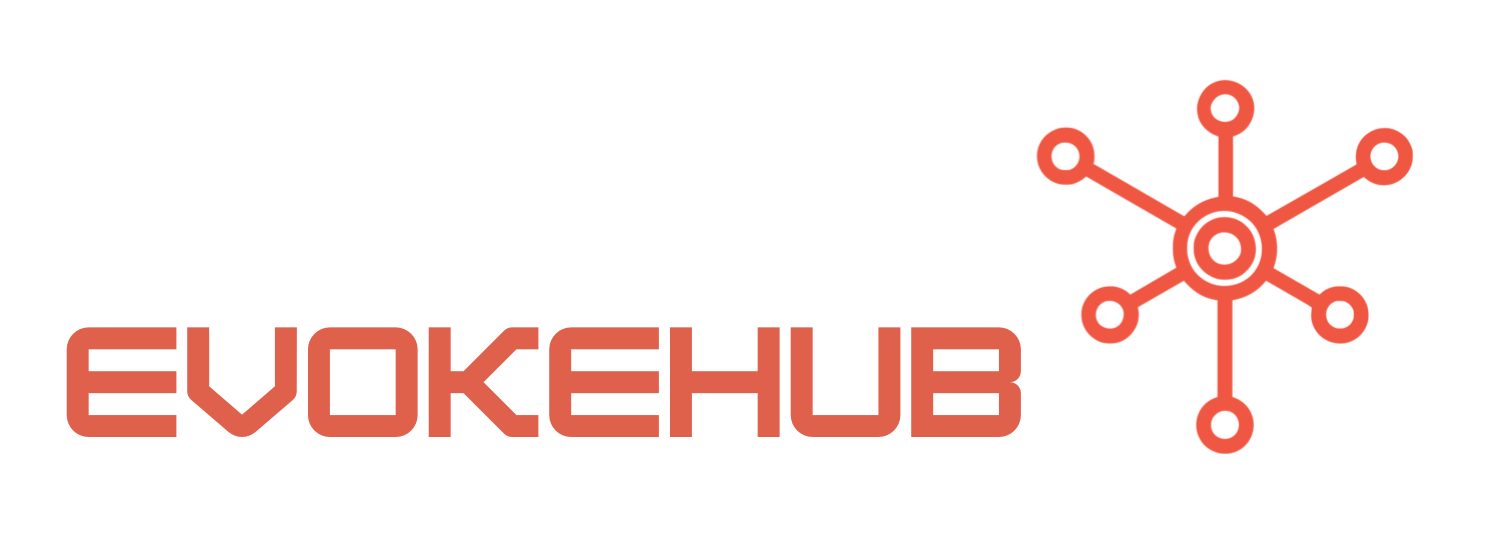Understanding the Microsoft Identity Platform and Azure AD Integration
The Microsoft Identity Platform is a set of tools and services that facilitates identity management and access control for applications. It allows developers to implement secure authentication and authorization processes in their apps, ensuring that users can access resources based on their identity. Azure Active Directory (Azure AD) acts as a cloud-based identity provider, offering features such as multi-factor authentication, conditional access policies, and integration with various enterprise applications. By utilizing Azure AD, developers can leverage these capabilities to enhance the security posture of their applications.
Integrating the Microsoft Identity Platform with Azure AD allows developers to authenticate users via a familiar Microsoft account or organizational account. This integration supports OAuth 2.0 and OpenID Connect standards, making it easier to implement secure token-based authentication. As a developer, you can focus on building features for your application instead of managing user identities and access control, thus speeding up the development cycle and improving user experience. The integration promotes better security practices by allowing users to use a single set of credentials across different applications while keeping the authentication process centralized.
Understanding the key components, such as the Azure AD tenant, application registration, and user roles, is crucial for a successful integration. The Azure AD tenant acts as the backbone for managing users and applications, while application registration is the process of creating a unique identity for your application within Azure AD. This registration process involves configuring permissions, redirect URIs, and other settings that determine how your application interacts with the identity platform. By grasping these components, developers can effectively design and implement secure authentication mechanisms tailored to their specific application needs.
Step-by-Step Guide to Implementing Azure AD in .NET Applications
Implementing Azure AD in your .NET application begins with registering your application in the Azure portal. Navigate to the Azure Active Directory section, select “App registrations,” and click on “New registration.” Provide a name for your application and set the appropriate redirect URI. This URI is crucial, as it is where Azure AD will send the authentication response. Once registered, note down the Application (client) ID and Directory (tenant) ID, which will be used in your application for authentication purposes.
Next, configure the application permissions required for your app. In your registered app, navigate to “API permissions” and add the necessary permissions for Microsoft Graph or other APIs your application intends to access. Depending on your use case, you may need to grant admin consent for certain permissions. This step ensures that your application has the authority to access the resources it requires. Additionally, you will need to create a client secret in the “Certificates & secrets” section, which will be used to authenticate your application securely.
Now, it’s time to integrate Azure AD into your .NET application. For ASP.NET Core applications, you can utilize the Microsoft.Identity.Web package, which simplifies the authentication process. Start by adding the NuGet package to your project and configuring the Startup.cs file with the necessary authentication middleware. Set up the Azure AD options by entering your client ID, tenant ID, and client secret in the appsettings.json file. Finally, secure your application’s routes by applying authorization attributes, ensuring that only authenticated users can access specific resources. For detailed steps, refer to the official Microsoft documentation on Azure AD authentication.
Integrating the Microsoft Identity Platform with Azure Active Directory in .NET applications offers a streamlined approach to managing user identities and securing access to resources. By following the outlined steps, developers can efficiently implement authentication and authorization mechanisms that enhance the security and user experience of their applications. With the power of Azure AD, organizations can ensure that their applications comply with modern security standards while providing users with a seamless experience across various platforms. As digital landscapes continue to evolve, leveraging such powerful identity management solutions will be crucial for developers and organizations alike.




